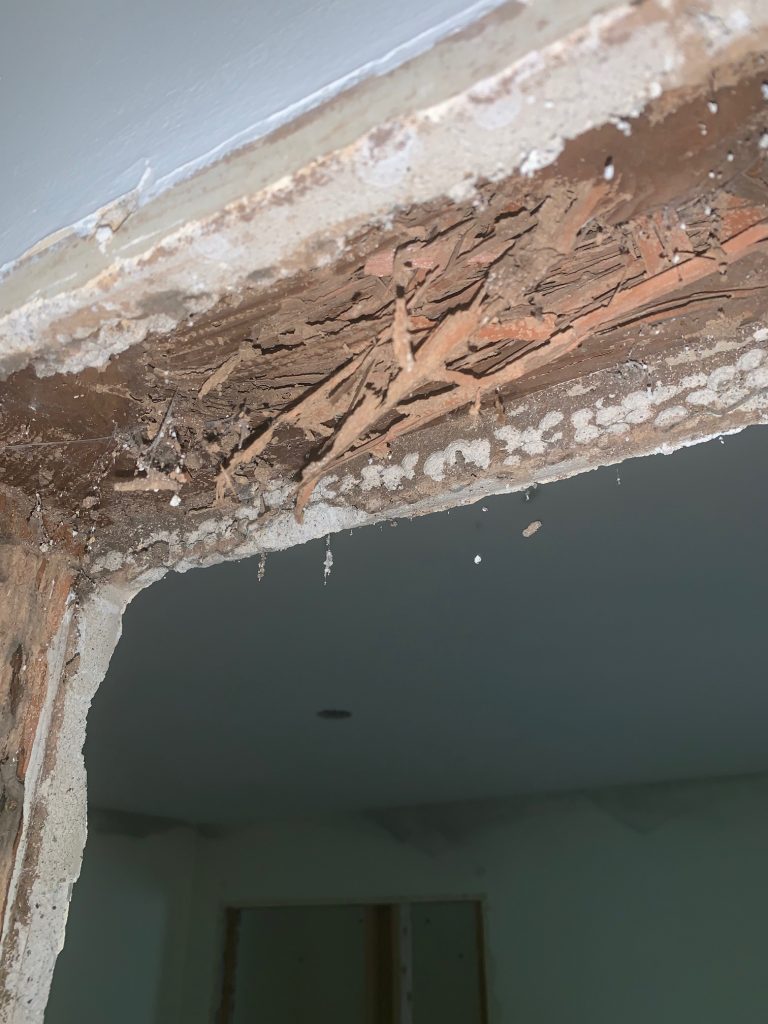
“Inaccessible areas” in a termite report
What does “inaccessible areas” mean?
I’ve recently purchased a new home that had extensive termite damage. The termite report came in at about $14,000 in repairs! I was able to negotiate a discount on the purchase price because of this, and agreed to handle the repairs on my own. But there was one standard clause in the report, one I’ve seen hundreds of times before because it’s in every report that has findings of termites or termite damage, that turned out to be pretty dire:
“NOTE: In the event that damage is found to lead into inaccessible areas, the work in those areas will stop and a separate supplemental report will be issued outlining any further findings, recommendations and related costs.”
For most homes, this means areas of the attic that can’t be reached, portions of the subarea that are covered by insulation, floors under carpet, for example. And in most cases, everything turns out fine. The workers may find a little more damage and the bill comes in a few hundred more. All good. For my house, I thought, floors under the carpet are concrete slab; that should be fine. . . right?
In the fine print of the termite report, you’ll find something like this:
“Certain areas are recognized within the industry as inaccessible (I/A) and/or for other reasons are not inspected. These include but are not limited to: inaccessible and/or insulated attics or portions thereof, attics with less than 18″ clear crawl space, enclosed attics, the interior of hollow walls; spaces between a floor or porch deck and the ceiling below; area where there is no access without defacing or tearing out lumber, masonry or finished work; areas behind stoves, refrigerators or beneath floor coverings, furnishings … we do not deface or probe window/door frames or decorative trims.”
That bit about not tearing out lumber? There could be termite damage underneath!
To be fair, I purchased a house with a HUGE known termite problem. I usually see estimates for termite work from $500 to $4,000 and very, very rarely over that. So, I knew going in I had a problem. I expected to find at least some damage in “inaccessible areas.” And boy did I! Check out this photo of the tracks of the little buggers I found when I removed the casing so I could replace a closet door:
Most of the wood looks good, and I thought I’d found all the termite damage, but just today took out the casing on another interior door so I could update it. Oh no! More termite damage! Creepy. (I’m not actually doing much of the physical work on the house; the pleasure of uncovering this fell to a dear family friend who’s helping.)
Below is what a door jam is supposed to look like when you take it out to replace with a new pre-hung door; nice smooth wood (even though it’s 55 years old); just a few cobwebs:
That bit about thinking my slab floors were safe? We removed a kitchen cabinet that was old and worn out and found termite damage on the back of the cabinet. And termite tracks from subterranean termites on the concrete slab!
It’s not THAT bad
All the termite work will be done, and it’s actually going to cost me a little less than the estimate because they didn’t have to repair the door casing and baseboards and things like that (because we tore them out and will have new ones installed after the flooring goes in).
The lesson: When your termite report notes active termite infestation, pay attention to the “inaccessible areas” clause and ask your termite inspector about it. The inspector will be able to tell you (as they did me) whether or not you’re likely to find further damage in areas you can’t see. I did end up fumigating this house, even though that’s a last resort for me, and when I move in, I’ll have new door jams and baseboards! Look for another post in the future about excellent alternatives to fumigation, too.






